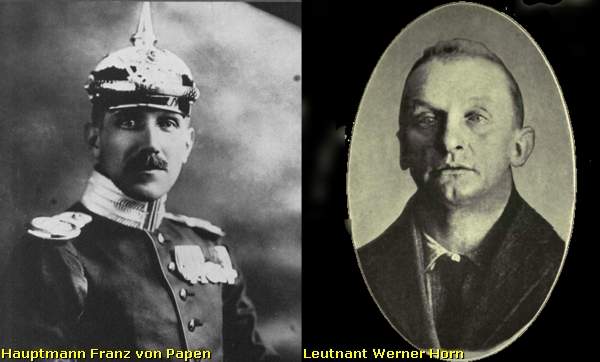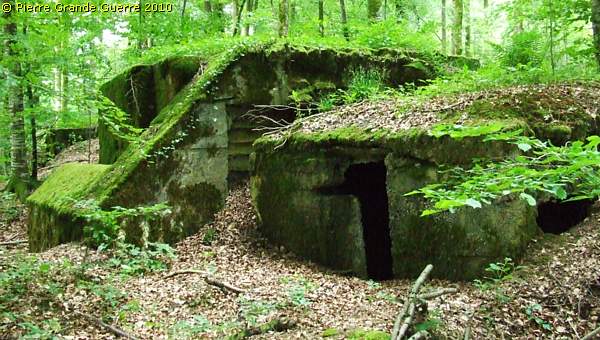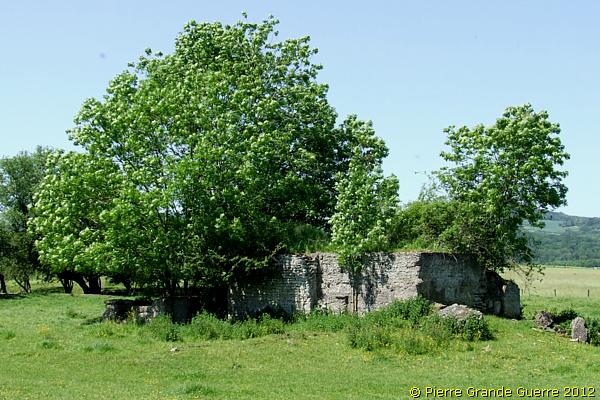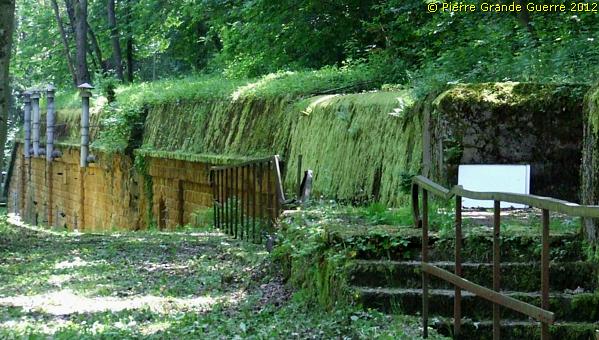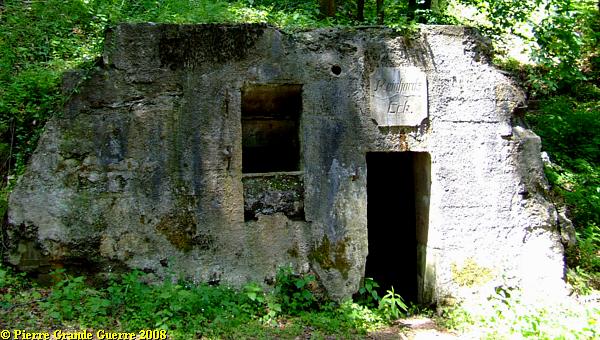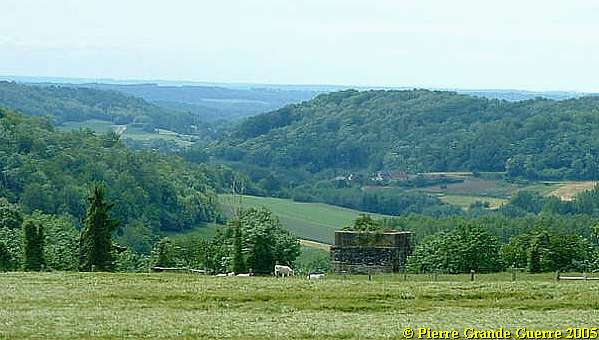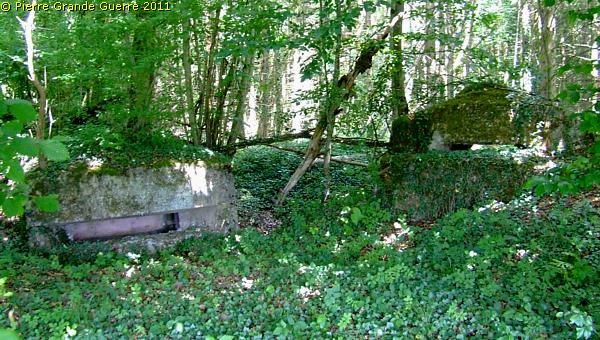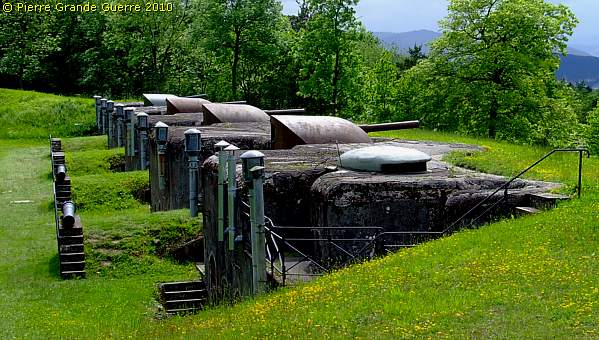St. MIHIEL SALIENT - Butte de Montsec - Flirey - Rémenauville
Year of visit: 2006

We depart from the German shelters in the quarry of Apremont, and we continue to the Butte de Montsec, centrepoint of the St. Mihiel Salient, to finish at Regniéville near Thiaucourt and the destroyed village of Rémenauville. We try to follow one of the movements of the American Division and (the later) General Patton in 1918.

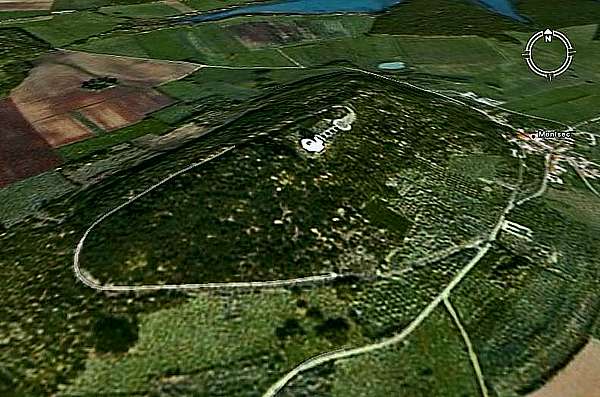
Since 1914 the Germans fortified the Salient with trenches, barbed wire, and many bunkers.
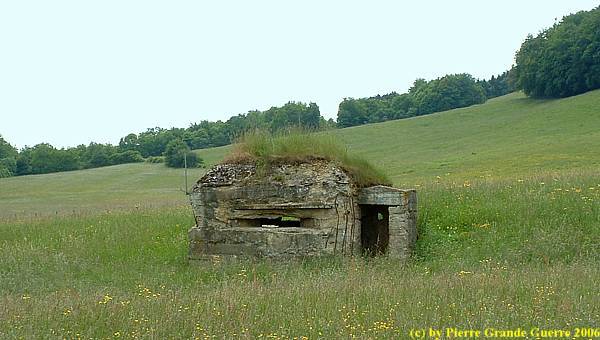
The hillsides of Montsec was made into a huge fortress with many tunnels, barbed wire networks, and machine gun bunkers, like this one.
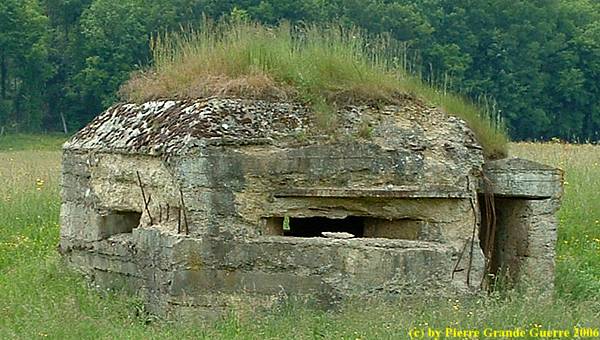
The Eradication of the German St. Mihiel Salient - 12-13 September 1918
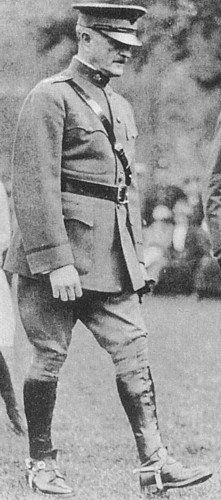
On 12 September 1918 the American General Pershing deployed an offensive with his 1st American Army in combination with the French 2nd Colonial Corps. More than 500.000 American troops were supported by 110.000 French Colonial Troops. Pershing and Col. Marshall organised an overwhelming force to squeeze out from both flanks the Germans out the Salient.
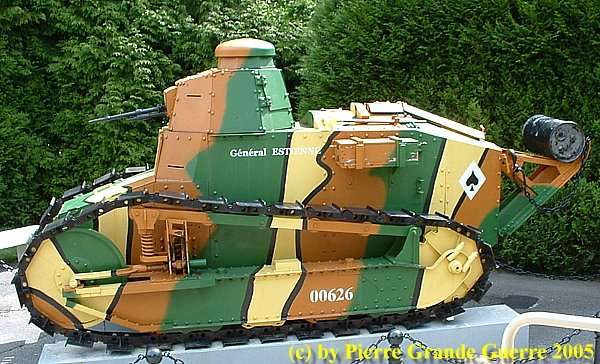
The offensive opened with an artillery bombardment of 4 hours with almost 3000 guns. After the bombardment, at 05.00 hrs. American soldiers in French Renault tanks and 1500 low flying airplanes opened the ground assault. Within 36 hours the American tanks and infantry eradicated the Germans.
Commander of the American manned Tank Corps was George Patton, the later famous General of the Second World War .
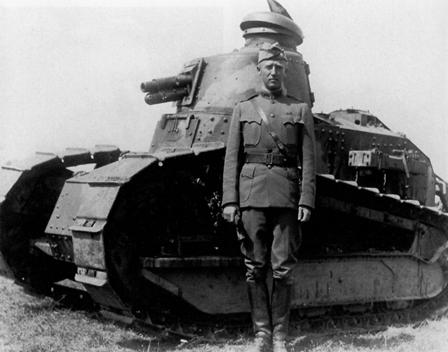
The US V Corps and the US I and IV Corps would meet on 13 september near Hattonchattel and Thiaucourt at Regniéville. The Americans had between 7000 and 8000 casualties. The Germans lost 20.000 men and 460 guns.
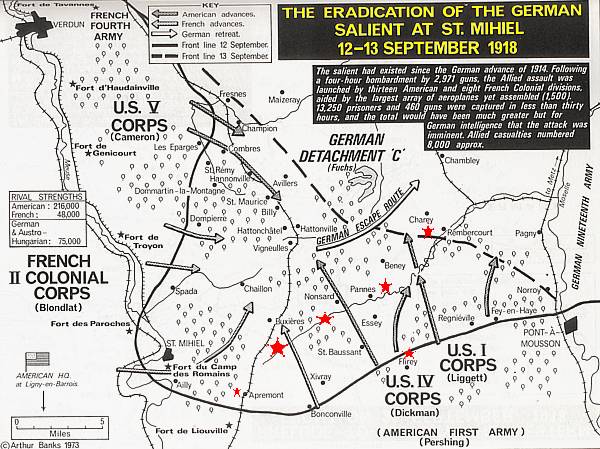
A view from the north east side of the Butte de Montsec, ...
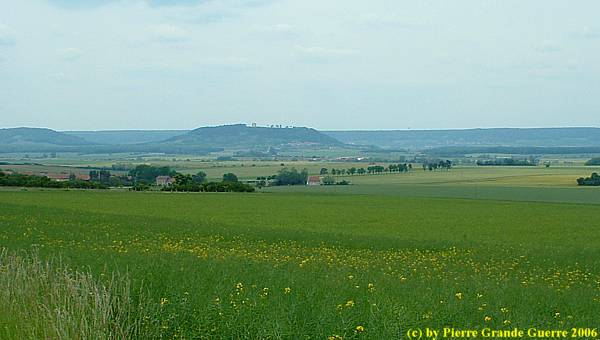
... with the huge American Monument to commemorate the recapture of the St. Mihiel Salient in 1918.

The circular collonade on top of the Butte de Montsec.
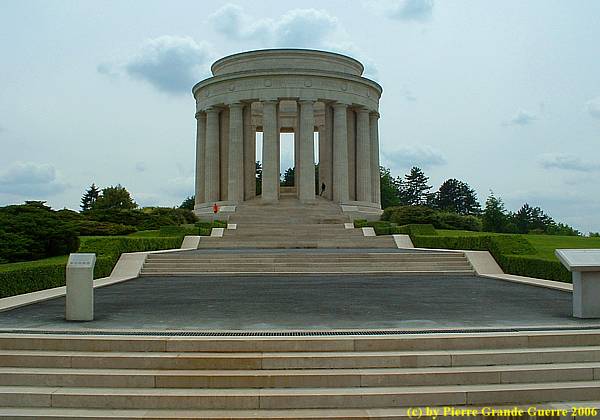
On the inside inscriptions to commemorate the heroic acts of French and American Army Corpses.

A view from the monument westward, into the direction of St. Mihiel. Notice the golfball pattern on the surface of the grass; shell holes.
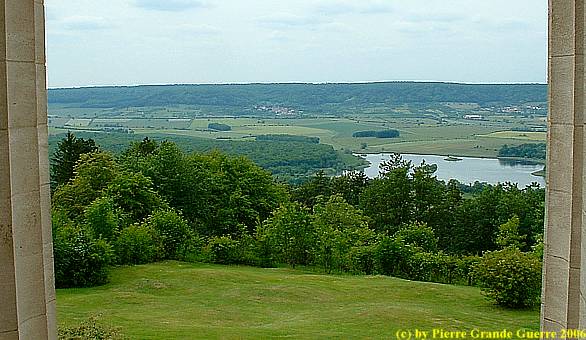
Inside the monument, on a stone plinth is a bronze relief map of the St. Mihiel Salient.
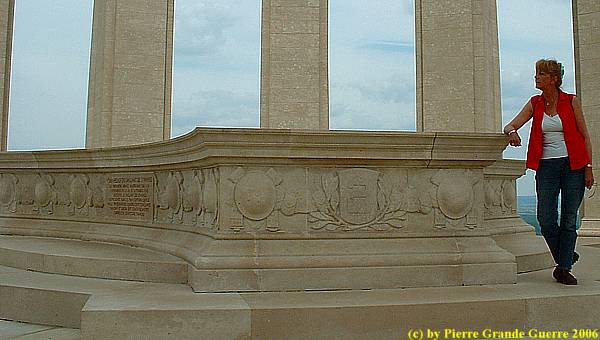
A detail of this relief map.
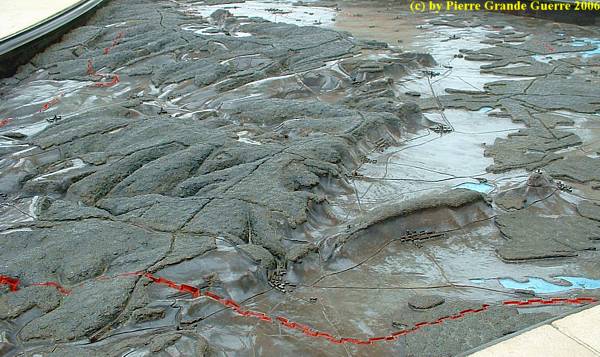
A view from the monument to the north east.
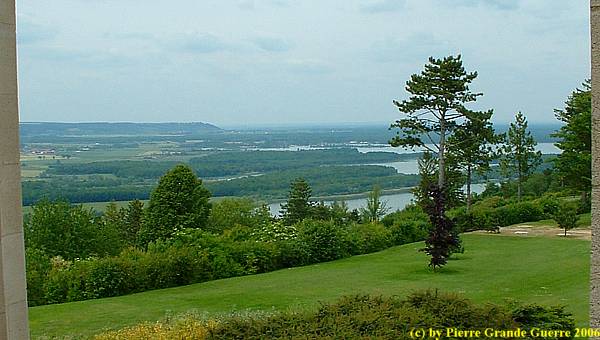
During the Second World War, in 1944, General Patton was forced to recapture the Butte de Montsec again. This time, in on 2 September 1944, it took General Patton 9 days to accomplish his task!

A last view from the monument, southeastward in the direction of Regniéville.
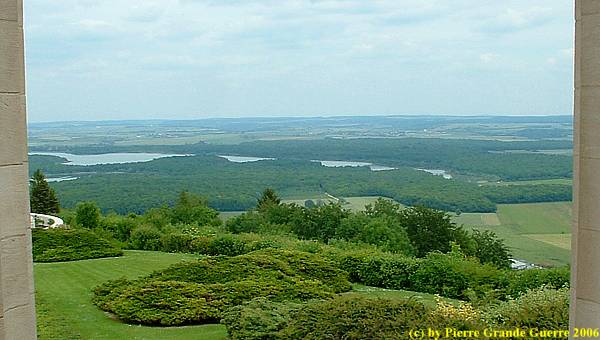
We follow the traces of the American Army along the D 907 through Flirey , where we find two memorials facing each other across the road: A French monument to commemorate the French 163th Infantry Regiment, ...
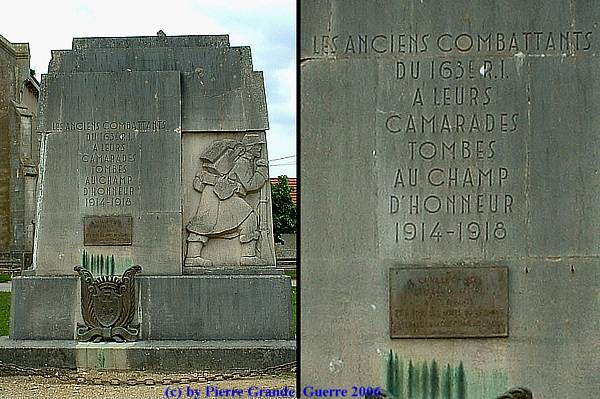
... and an Franco-American memorial symbolising the victory of ...
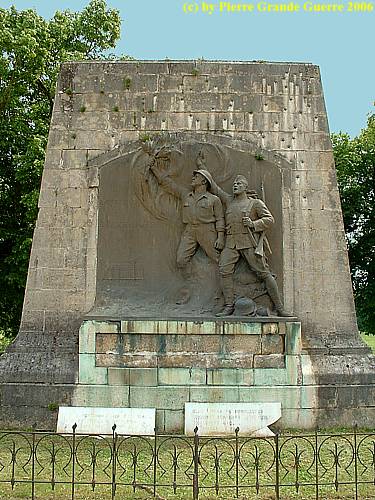
... "Poilu" and "Doughboy".
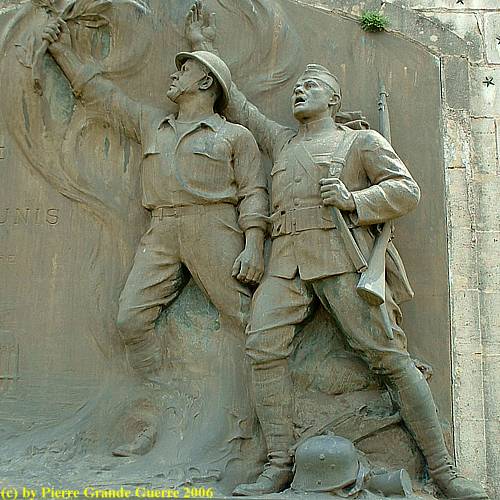
To the left, along the D 904, we detect this demarcation stone, "George Washington", dedicated to the 2nd American Division.
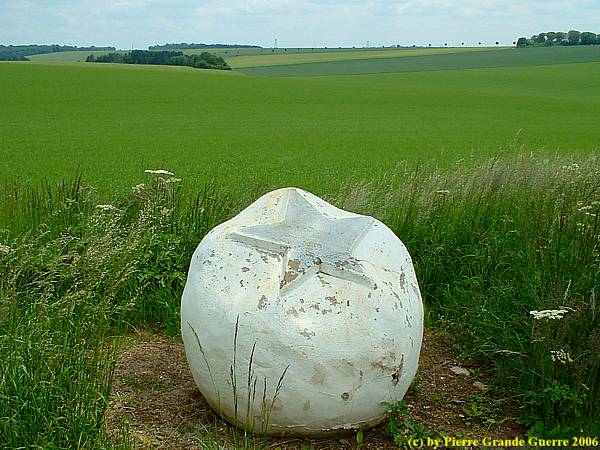
West of Thiaucourt, at the crossing of the D 67 and the D 904, the spot of the destroyed, not longer exisiting, village of Regniéville, we find these 3 memorials: a demarcation stone, marking the end of the Salient.
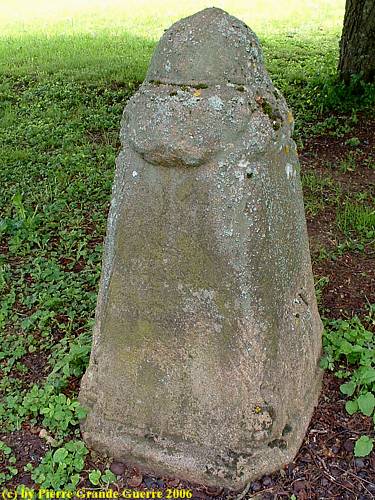
A French Monument to commemorate the 302nd Infantry Regiment, defending this sector in 1915-1916.

A demarcation obelisque with a red diamond sign commemorating the US 5th Infantry Division, which has been active here in 1918 and as well in 1944.
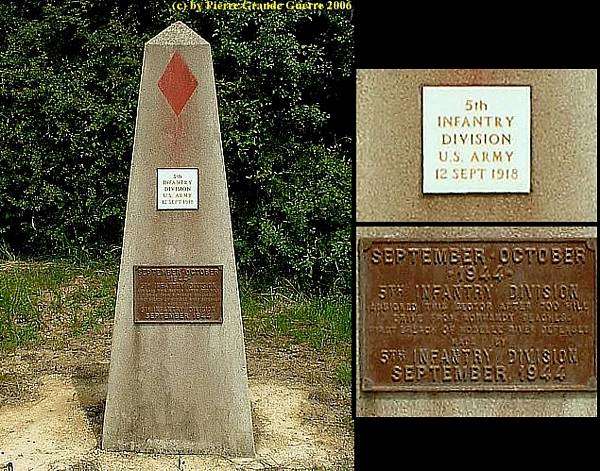
Near this site we enter the woods for the relics of the destroyed village of Rémenauville .

In Thiaucourt Wood we find the relics of the former village of Rémenauville.
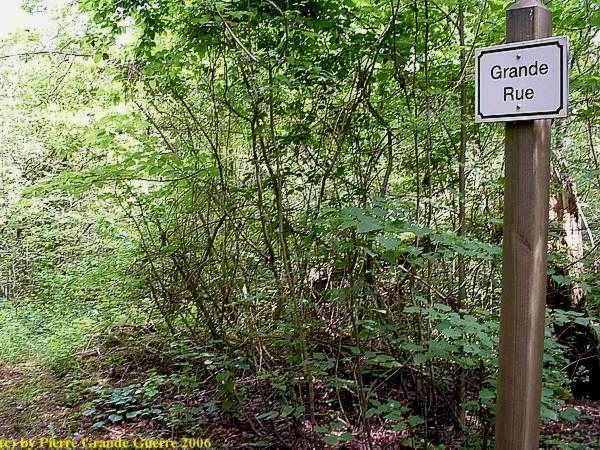
Being in the warzone, the village was completely destroyed in the war like other villages in the Salient, and like other villages around Verdun.
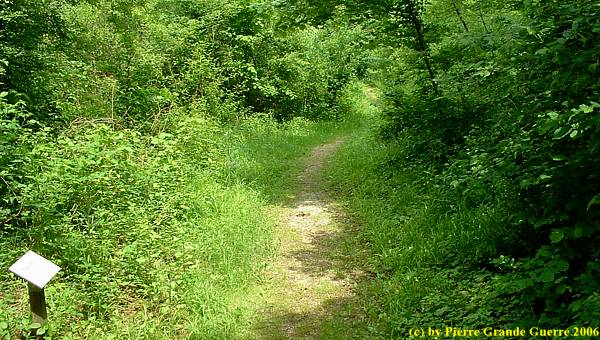
The paths in the wood and some small signs remind of the former streets, the houses, their former owners; crafts men, and their families.
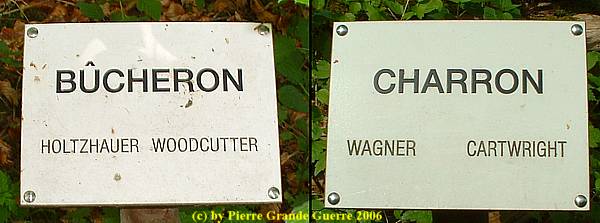
"Churchstreet".

This debris marks the surroundings of the place of the former village church, and the village cemetery.
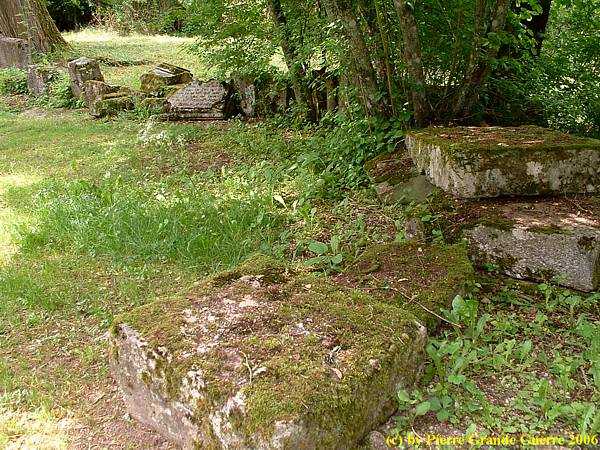
To keep the name of the village, Rémenauville, alive forever,...
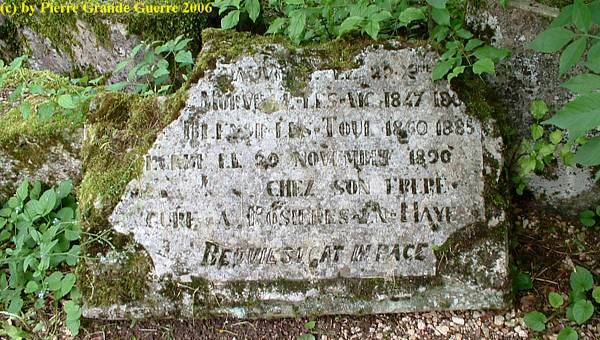
... the former inhabitants raised a small chapel.
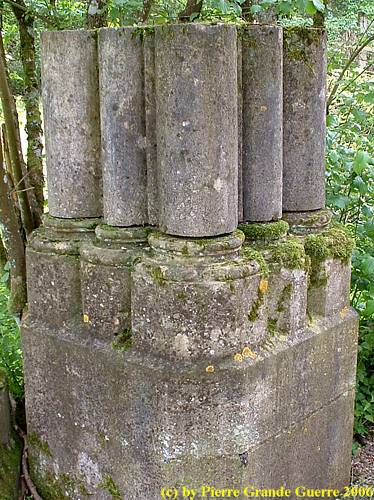
A list outside on the chapel wall commemorates ...
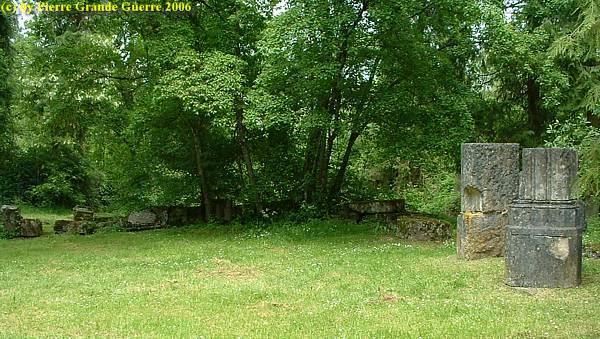
... the Remenauville citizens, who were buried here in the village cemetery.
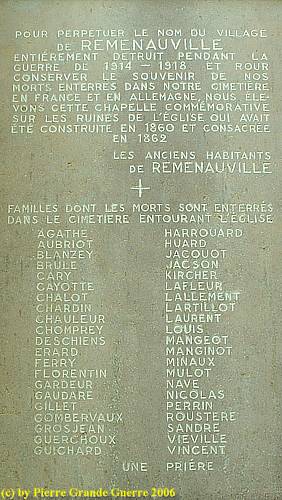
“ TO IMMORTALIZE THE NAME OF THE VILLAGE OF REMENAUVILLE, TOTALLY DESTROYED DURING THE WAR OF 1914-1918, AND TO CONSERVE THE MEMORY OF OUR DEAD PERSONS, BURIED IN OUR CEMETERY, IN FRANCE AND IN GERMANY, WE ERECTED THIS MEMORIAL CHAPEL ON THE RUINS OF THE CHURCH, WHICH HAS BEEN BUILT IN 1860 AND CONSECRATED IN 1862.
THE ANCIENT CITIZENS OF REMENAUVILLE.
+
FAMILIES OF PEOPLE WHO ARE BURIED IN
THE CEMETERY AROUND THE CHURCH.
( followed by a list of family names and ending with
: “ A PRIEST
”)”
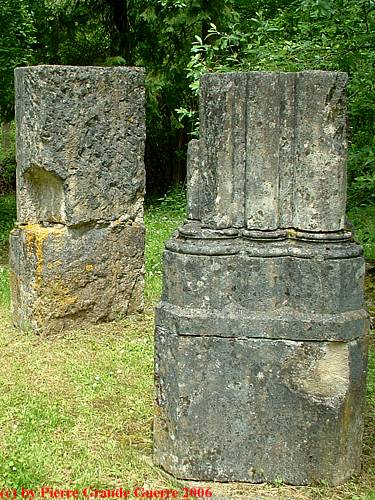
We finish this trip at this horrifying place that reminds us of the bitter fate, French citizens had to suffer during the war.
Continue to the next chapter: " Bois le Prêtre / Priesterwald - Fey-en-Haye Destroyed Village - Kühlewein Brunnen - Vilcey-sur-Trey "
